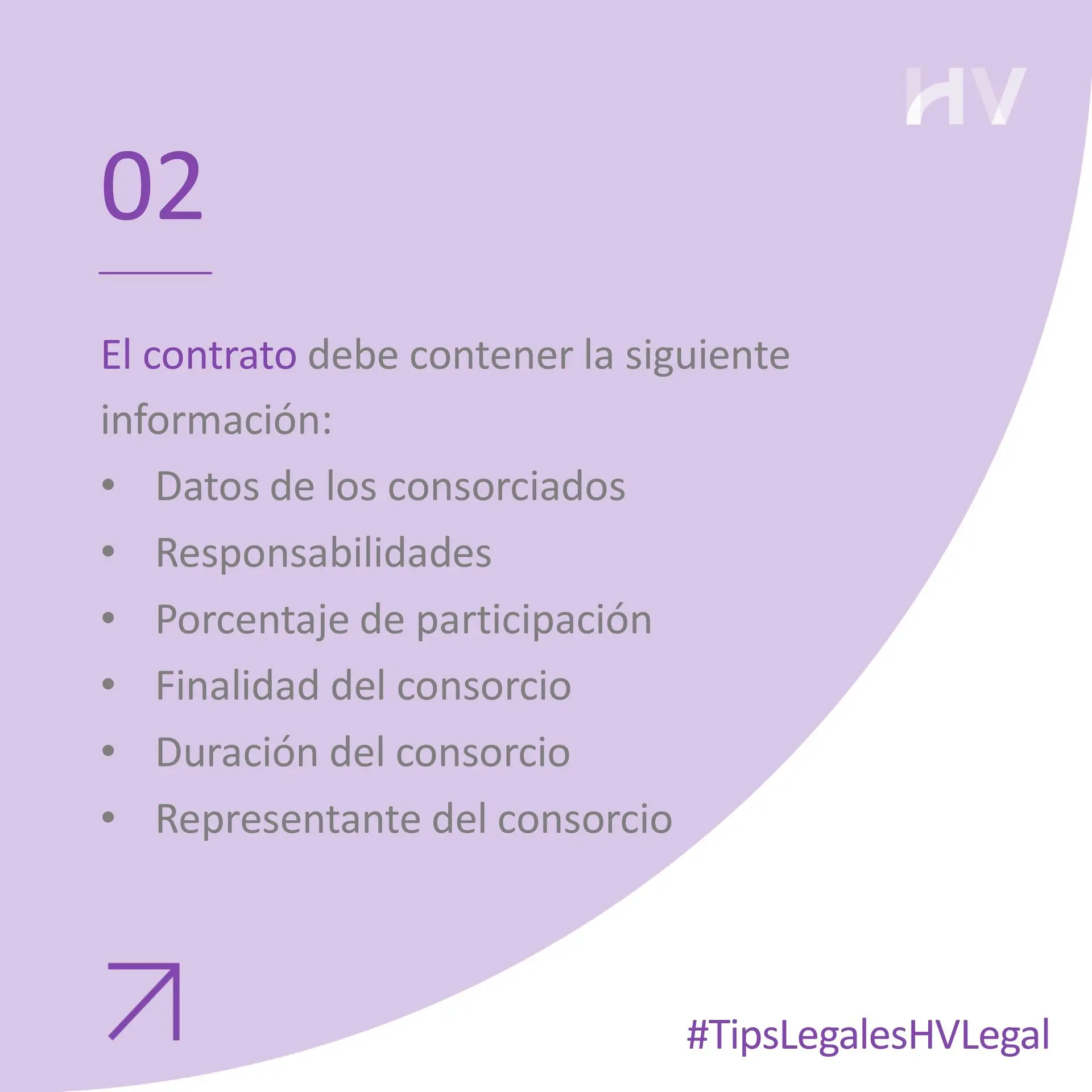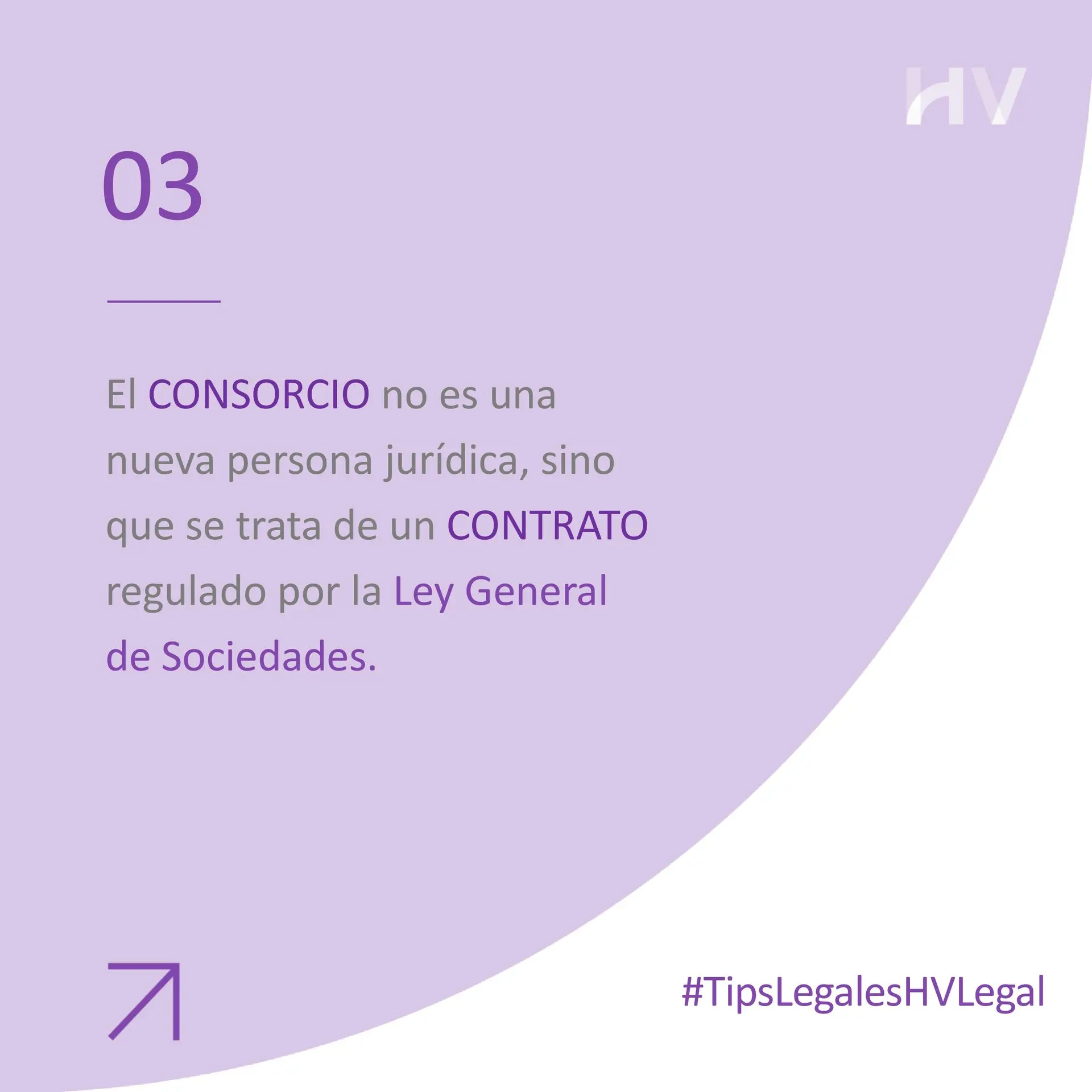5 Steps to Enter into a Consortium Contract
The consortium contract is an effective form of partnership between two or more companies that wish to come together to achieve specific objectives while maintaining their individual autonomy. Here we present a detailed guide to enter into this type of contract appropriately and in accordance with current regulations:
1. Definition of the Consortium Contract: The consortium contract implies the active and direct association of two or more companies in order to obtain shared economic benefits, each one preserving its autonomy.
2. Content of the Contract: The consortium contract must include detailed information such as:
- ▪ Data of the consortia involved.
- ▪ Responsibilities and obligations of each party.
- ▪ Percentage of participation of each company in the consortium.
- ▪ Objectives and purpose of the consortium.
- ▪ Expected duration of the agreement.
- ▪ Designation of the legal representative of the consortium.
3. Nature of the Consortium: It is important to understand that the consortium does not constitute a new legal entity, but rather a contract regulated by the General Companies Law, where companies retain their individual legal identity.
4. Formalization of the Contract: It is recommended to formalize the consortium contract through a public deed, which guarantees its legal validity and clarity in the terms agreed between the parties.
5. Communication and Registration in SUNAT: Once the consortium contract has been concluded, companies must communicate their existence to SUNAT to obtain the joint Single Taxpayer Registry (RUC), necessary for billing and tax compliance purposes.
Entering into a consortium contract under these guidelines ensures effective collaboration between companies, optimizing resources and capabilities to achieve common goals in a structured and legally supported manner.





